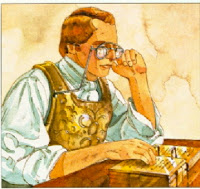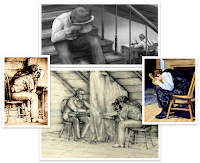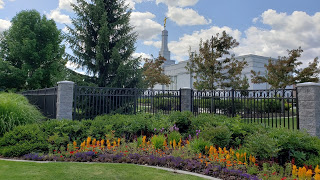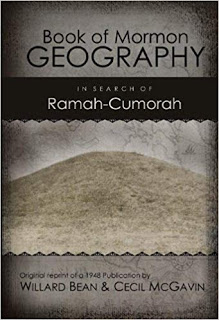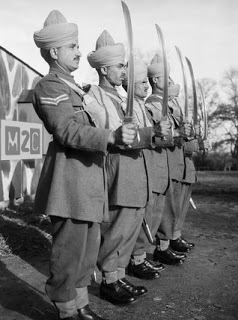Topics we can’t talk about
 |
| https://www.lbcoaching.co.za/surfacing-the-elephant-in-the-room/ |
There is an obvious reality when it comes to problems: if you can’t talk about them, you can’t fix them.
This is the elephant-in-the-room problem.
It is classic organizational behavior to ignore problems and pretend they don’t exist. Management often considers it disloyal to discuss certain problems. Here is a good example from an article in Forbes that I link to at the end of this post.
After completing a culture assessment for a major corporation I was doing my “What? So what? and Now what?” presentation to the senior management team. That’s where I describe the results, point out the implications of the findings, and make recommendations for change. One of the findings was that the CEO had a shoot-the-messenger reputation that was stifling open dialogue on key operational issues.
_____
We see the elephant-in-the-room in the Church as well.
I, along with many other members of the Church of Jesus Christ of Latter-day Saints, notice that there are elephants in the room that no one can talk about.
It’s unfortunate because many of these elephants exist because of past mistakes, and these mistakes can be resolved fairly easily be refocusing on the teachings of the prophets instead of the teachings of modern intellectuals.
For example, there is a lot of confusion about Church history and Book of Mormon historicity that people don’t feel free to discuss. The recent Gospel Topics Essay on Book of Mormon geography expressly prohibits discussing the topic in Church settings.
Treating these issues as elephants in the room doesn’t prevent people from thinking about them. It just moves the conversation to other forums, notably the Internet. Web pages such as Mormon Stories and CES Letter thrive by focusing on these elephants in the room.
As long-time readers know, I’ve addressed some of these topics in my blogs and books. There is more to come.
In the meantime, there is an excellent discussion of the elephant-in-the-room problem here:
Source: Book of Mormon Wars

